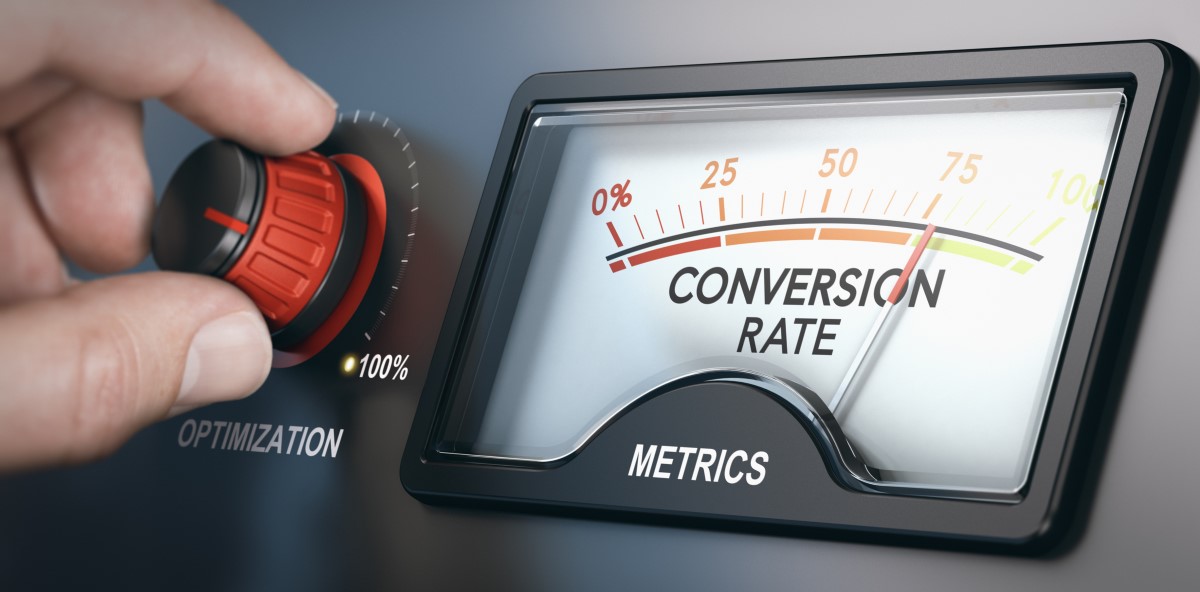A Shareaholic 2015 study found that social media was the top driver of referral traffic to websites. Coming in at more than 30 percent of the total, that number has only increased since then. For companies using social media extensively, understanding how it plays into converting customers is essential.

While an important facet of any healthy marketing strategy, understanding how to track social media metrics can be challenging.
There are plenty of social media metrics to track, but they don't all translate to a simplistic ROI. After all, if you notice a drop in sales percentages but your follower base is multiplying, does that mean your social media ROI is down? One of the best methods to assess that conversion rate is to divide the way in which you track social media metrics into four groups:
- Consumability
- Shareability
- Lead generation
- Sales
Consumability is a fairly simple idea. It takes a closer look at your postings and content, then decides how consumable it was for your audience.
How many people in your audience looked at your content? This also applies for your pages, videos, and downloads.
Shareability is a good way to measure how impactful the content your audience consumed was. It's the idea that the content or posting was engaging enough to share with others via social media.
Was it liked and shared? Was it forwarded? Did you get some inbound links thanks to that post? You actually have a big hand in this one. You can make something easier to share thanks to built-in sharing buttons.
Lead generation is the next category you need to consider. The point here is whether the content consumed created a lead you could follow up on. You can track this through email and blog subscriptions. You can also track this through blog comments that are connected to your social media posts.
The last metric is the most natural of the group. It defines exactly how much money you made with the posting or piece of content. You can easily measure that through your e-commerce system or offline sales activity, but you'll need to create trackable calls to action (CTAs) on each post to make that happen.
Once you've categorized those metrics, you can begin to set your goals that will help you define ROI. As with any other goal, though, these need to be written in the Drucker SMART goal format. That is, they need to be specific, measurable, attainable, relevant, and time-based.
- Specific goals lead toward a precise destination. What do you want to achieve?
- Measurable means hard numbers. Is 120 shares enough? Are 3 qualified leads over the course of the week going to spell success?
- Attainable goals are realistic ones. You can't expect 5000 new followers in a single day. What’s attainable for your brand?
- Relevant goals are those that actually matter to your company and drive it forward.
- Time based means setting goals over period of a month, year, etc.
Once you've created your goals, measuring your ROI becomes a simpler process. Begin by tracking and measuring each of your goals through tools like Google Analytics and Statusbrew Reporting. Add some monetary values like average sale and lifetime value. Then calculate your ROI.
Decide how much you're spending on design, tools, and time involved. Determine whether the return you're getting is actually worth it to your company. Many used the formula ROI = (earnings - cost) x 100 / cost.
Is your social media ROI worth it? Try applying these ideas to track social media metrics! If you need help with managing your social media campaigns, contact THAT Agency today.





